Photo gallery: In Kenya, evaluating a treatment for neonatal sepsis
Every year, up to 3 million newborns are diagnosed with neonatal sepsis, a life-threatening bloodstream infection. Most of these infections happen in low- and middle-income countries. Despite the immense death rate of newborn infections, there are few antibiotics specifically licensed for use with babies and children. GARDP is working with partners, including the KEMRI/Wellcome Trust Research Programme based in Kilifi, Kenya, to evaluate the dosage and safety of the existing antibiotic fosfomycin to treat neonatal sepsis.

Dr John Kalama in the paediatric high dependency unit of the Kilifi District Hospital, which is responsible for treating babies with sepsis. One million newborn deaths are associated with maternal infection, such as sepsis, every year. Over 95% of these deaths occur in low- and middle-income countries.

Dr John Kalama speaks with a mother whose son who was treated for sepsis. Sepsis is the body’s inflammatory response to an infection. Babies and children are particularly vulnerable as their underdeveloped immune systems struggle to fight infections.

Winnie Mkare lives with her husband and four children in Matano Manne village, an hour’s drive from the nearest hospital. Shortly after the birth of her daughter, Patience, the baby developed a dangerously high temperature. Patience was rushed to the paediatric ward of the Kilifi District Hospital where she was diagnosed with neonatal sepsis. Winnie says she didn’t know if her daughter would survive. Patience was able to receive treatment and is today recovering at home with her family.
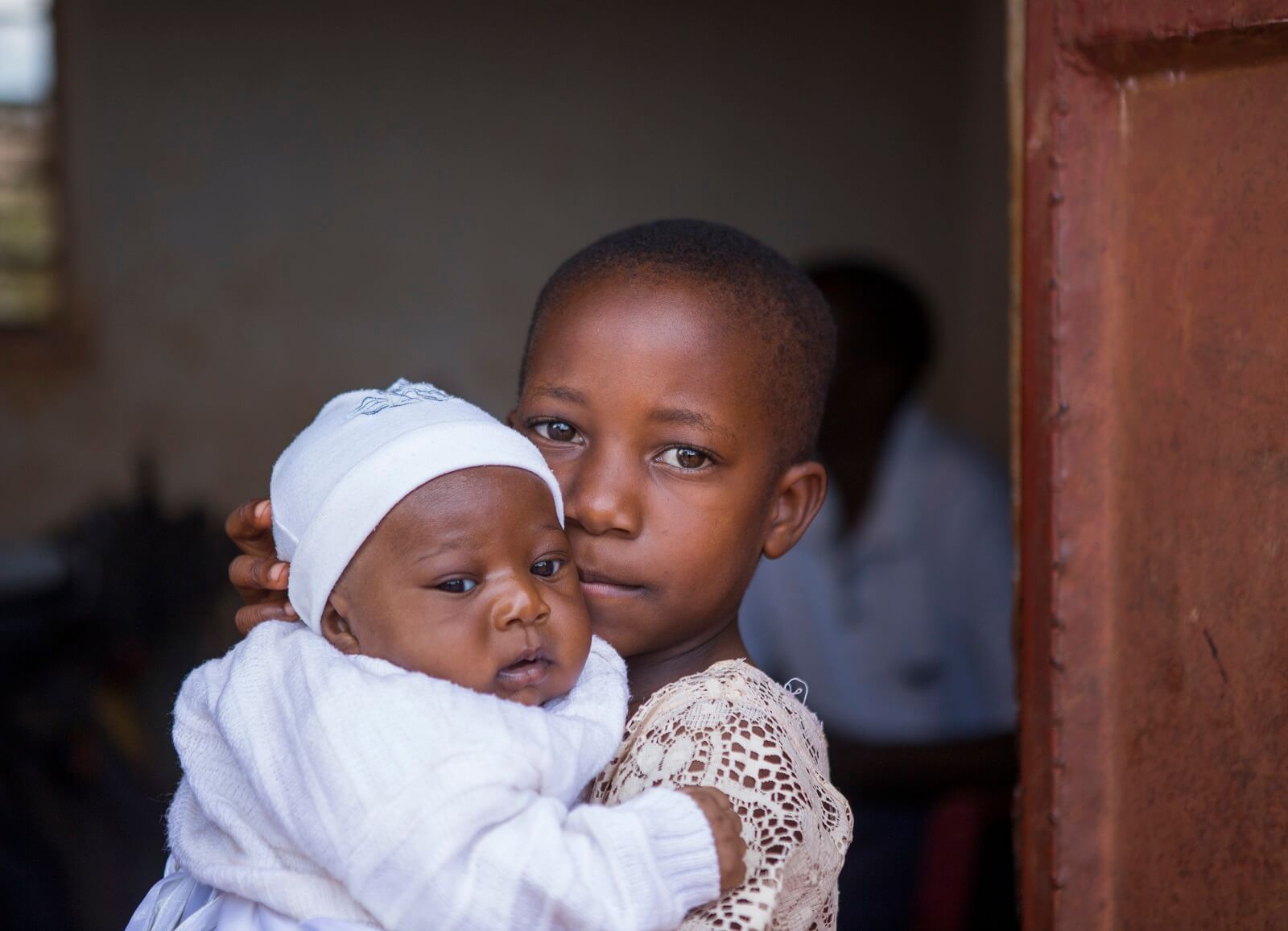
Patience is held by her sister, Grace. While Patience was successfully treated for neonatal sepsis, around 1 million babies die every year due to this condition. The World Health Organization has called for urgent action on neonatal sepsis to achieve Sustainable Development Goal 3: Ensure healthy lives and promote well-being for all at all ages.
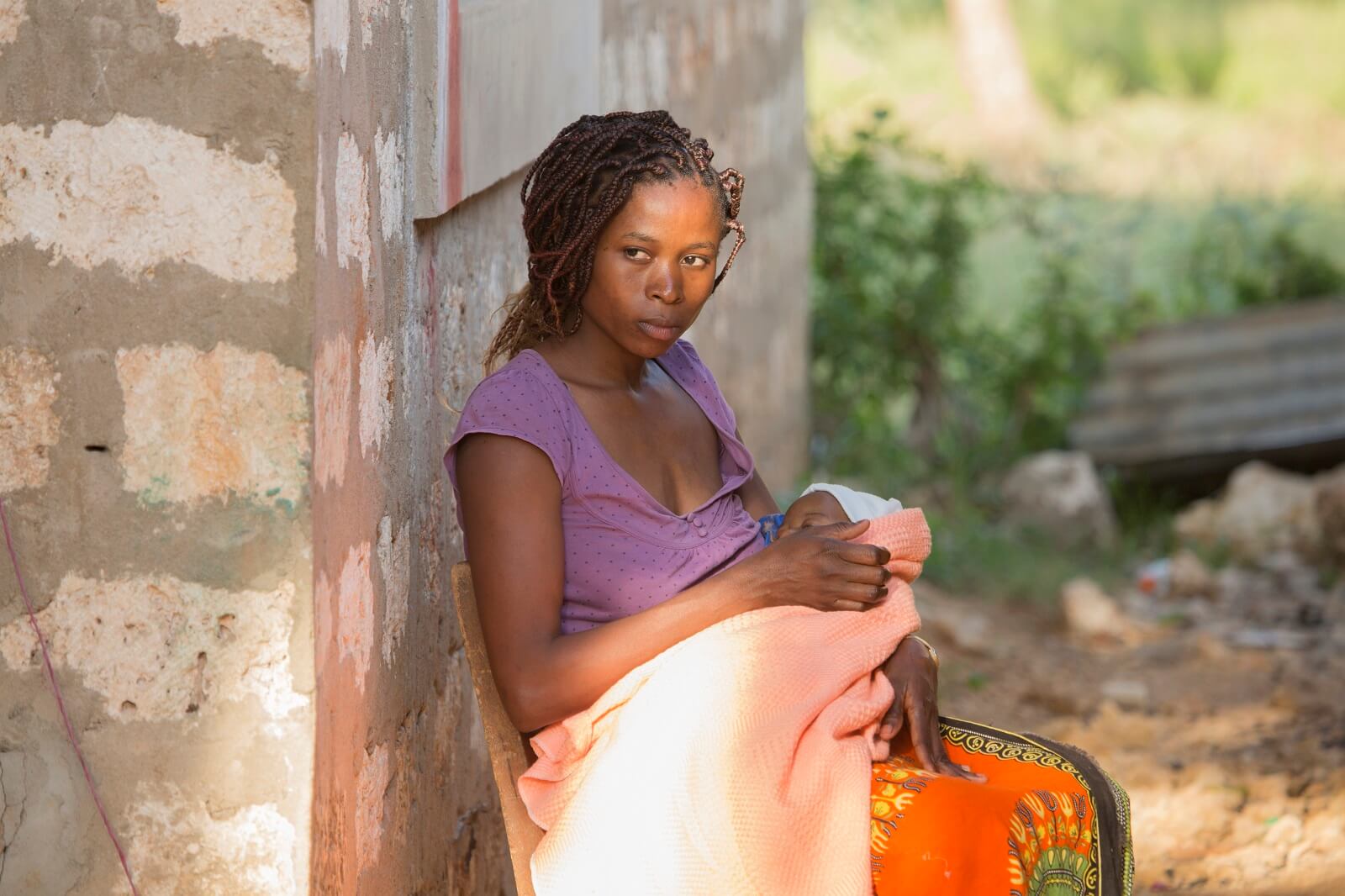
Mercelyne Chengo, from the Kiwandani area of Kilifi, holds her son Khalid, who was treated at the Kilifi District Hospital for neonatal sepsis. A first-time mother, Mercelyne explains she was terrified when the hospital told her that her son had sepsis. She knows many babies with sepsis don’t survive. Khalid was treated and Mercelyne and her son were able to return home.
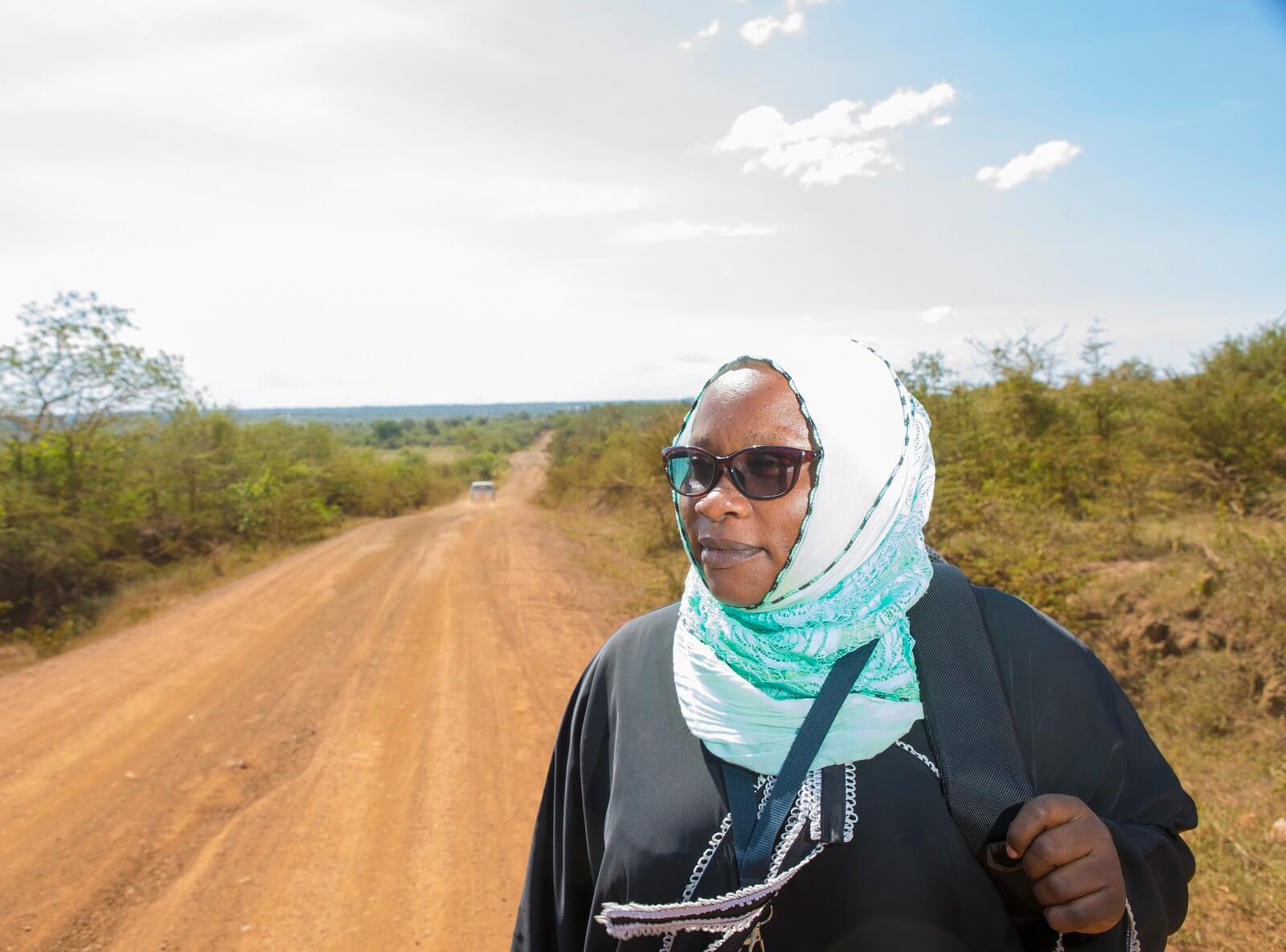
Mwanaisha Juma, a field worker for the KEMRI/Wellcome Trust Research Programme, follows up on babies treated for neonatal sepsis at the Kilifi District Hospital. Many of the villages Mwanaisha serves are remote and connected to Kilifi by dirt tracks. The information Mwanaisha collects is helping to assess fosfomycin as a treatment for neonatal sepsis.
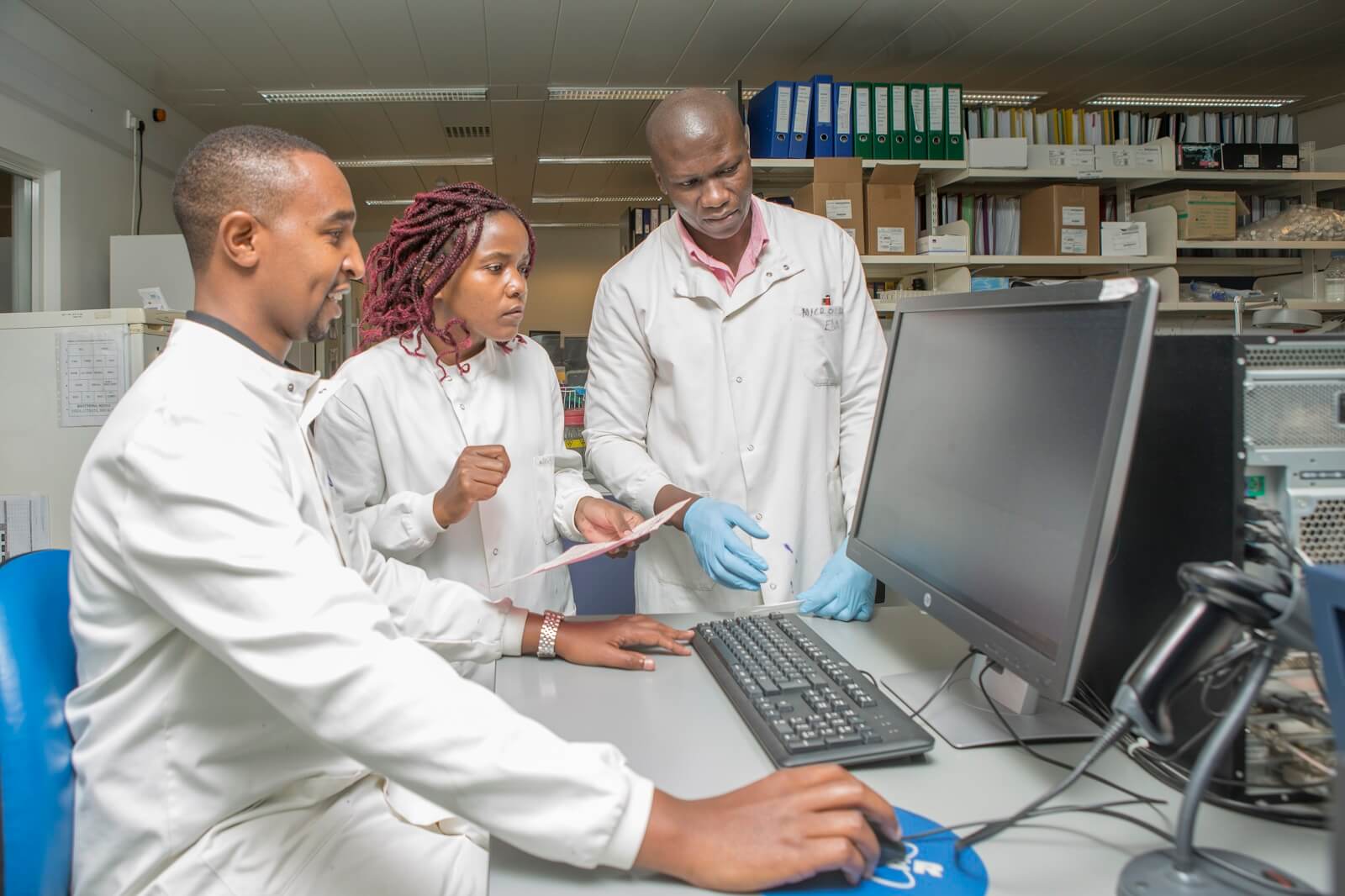
Dr Christina Obiero (centre), co-investigator for the GARDP fosfomycin research project in Kilifi, reviews data with lab technicians at the KEMRI lab. Babies and children are not small adults and their bodies react differently to antibiotics. Most antibiotics have only been tested for safety and effectiveness in adults, and there are few treatments specifically licensed for the use with children.
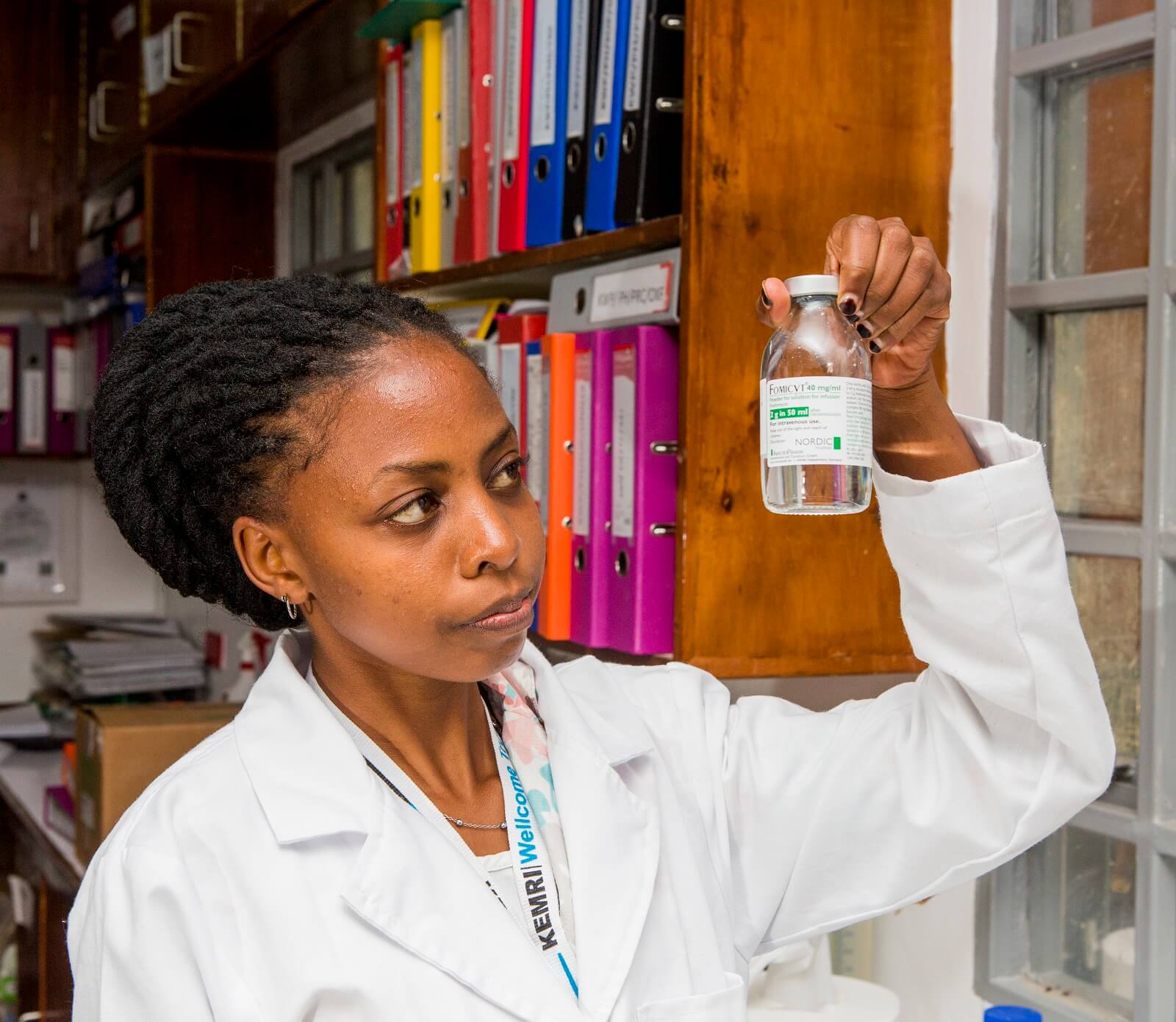
Naomi Ngigi, a pharmaceutical technologist at the KEMRI lab, holds a vile of fosfomycin. This existing antibiotic was discovered in 1969, however it has mostly been used to treat infections in adults. Only 38% of antibiotics brought to market go through paediatric development programmes. GARDP is working with partners to address the critical lack of antibiotics for children.

Salim Mwarumba (left) Microbiology Laboratory Manager for KEMRI-Wellcome Trust, inspects a bacteria culture. In some countries, nearly half of antibiotics given to children are prescribed off-label, meaning children are prescribed drugs licensed for different infections or for use with different age groups. This places enormous pressure on doctors and a heavy reliance on specialist knowledge, which may be limited. GARDP is working with partners to improve guidance on treatments for children and babies.